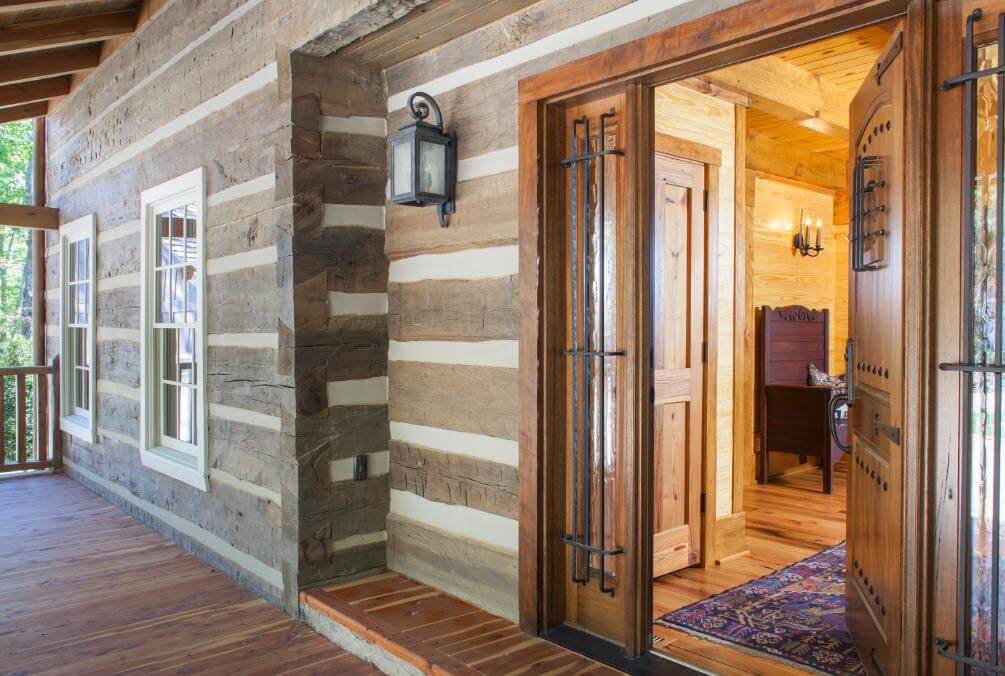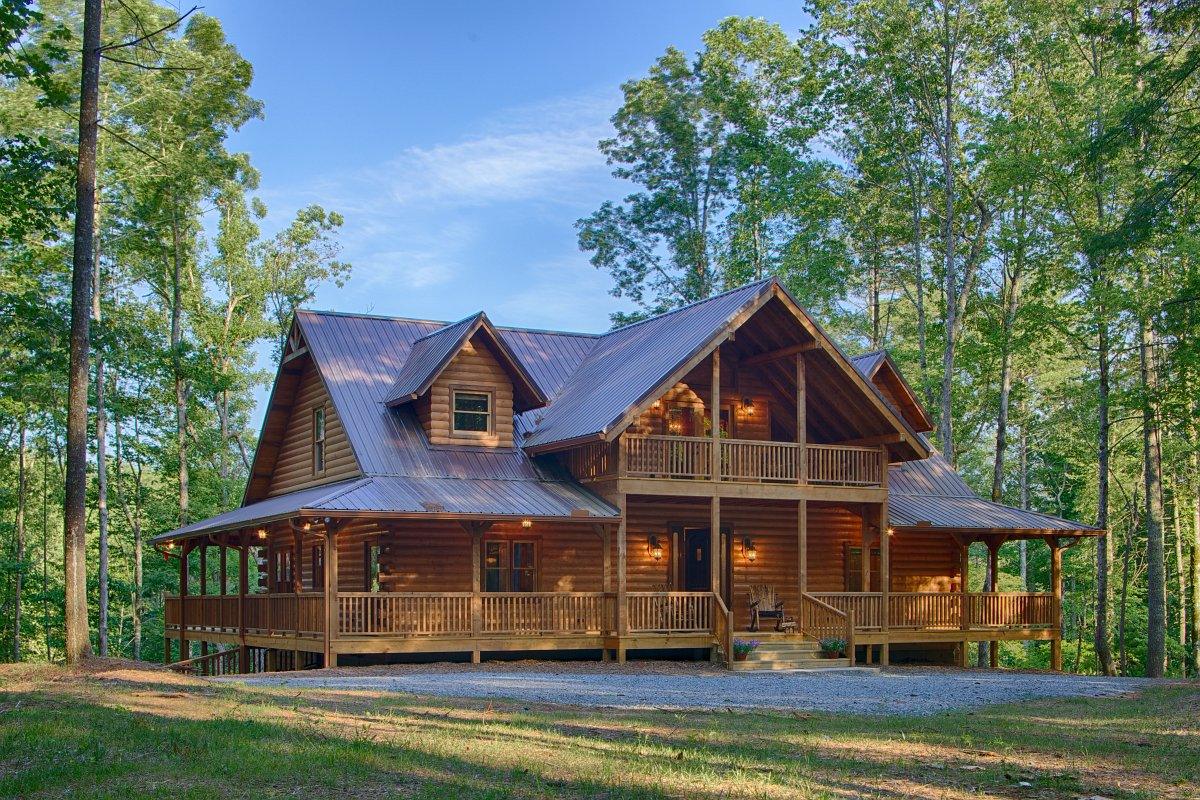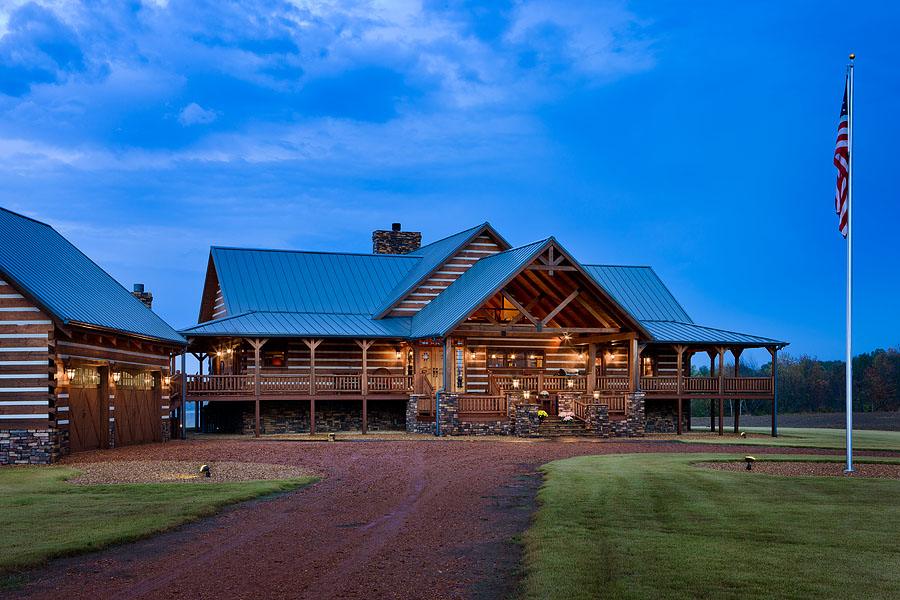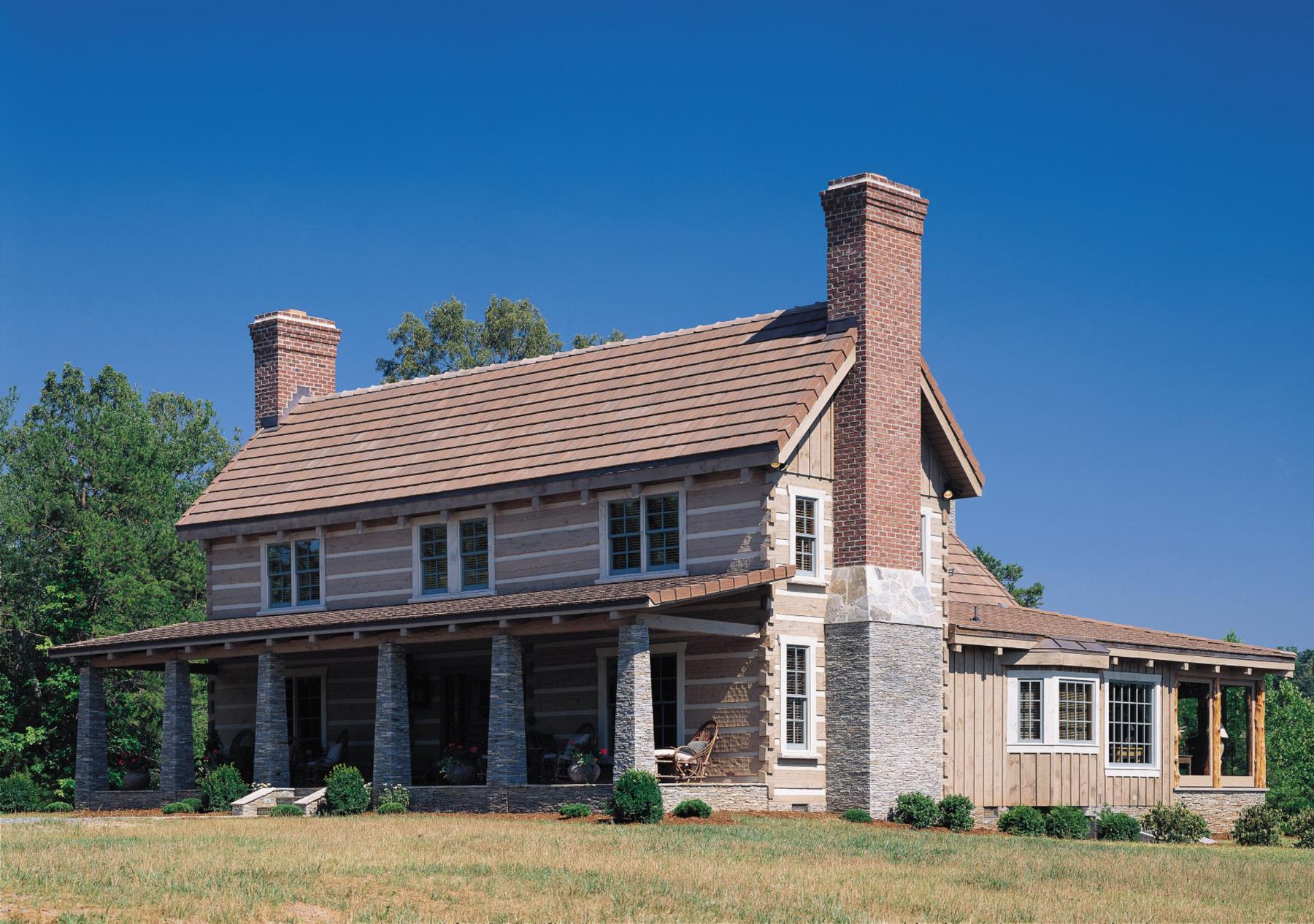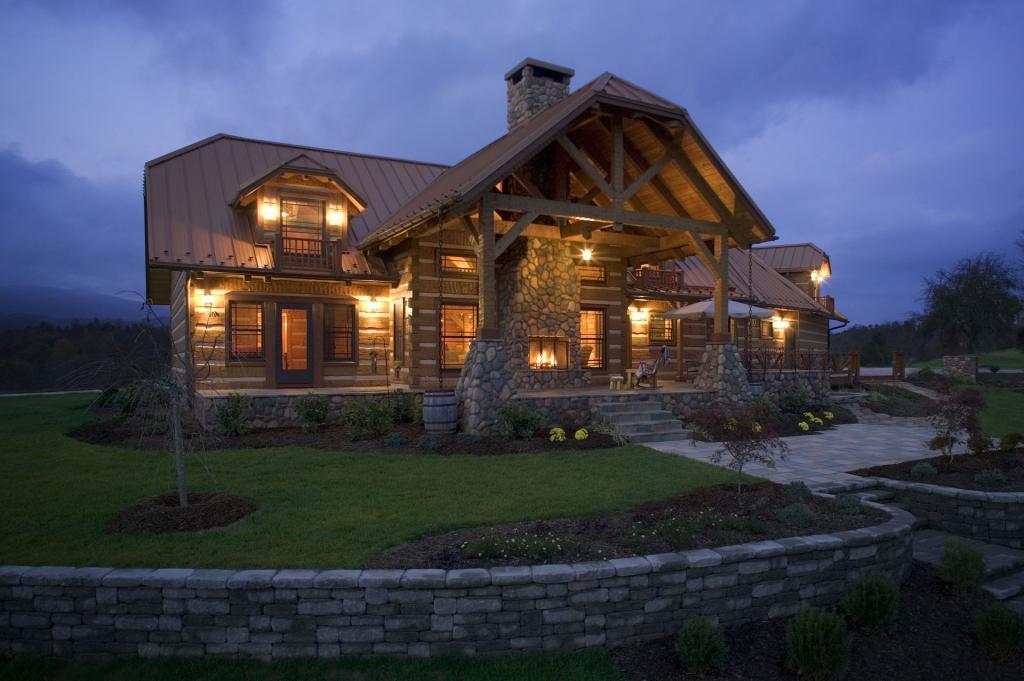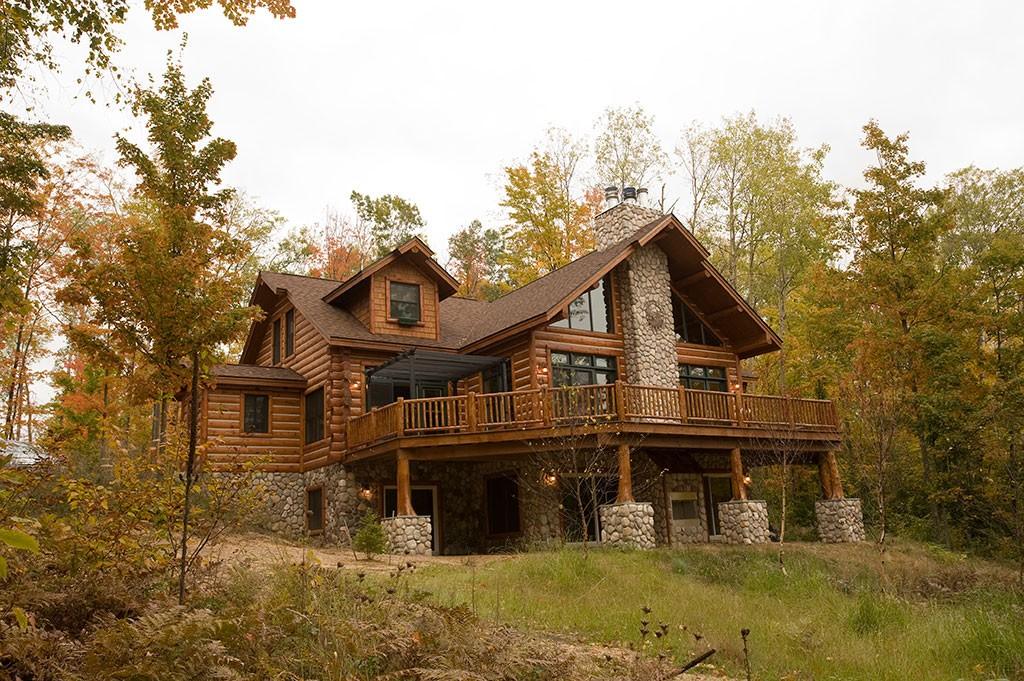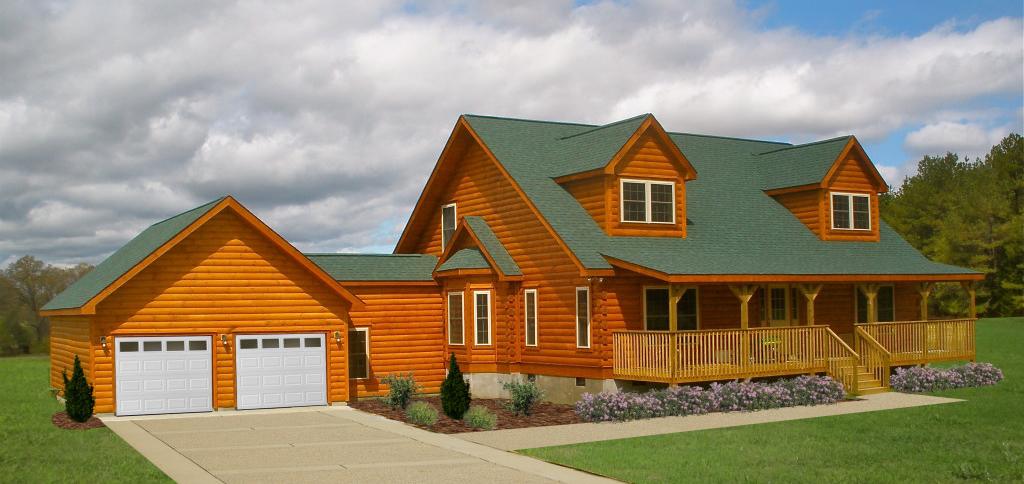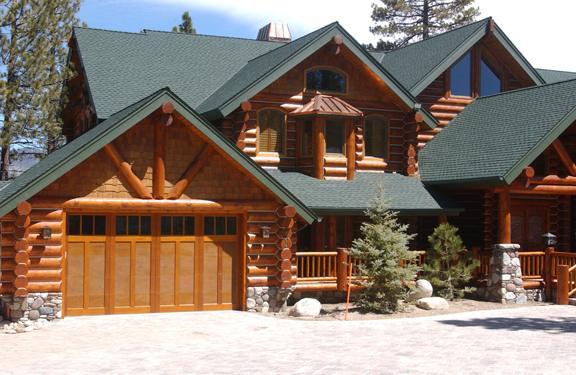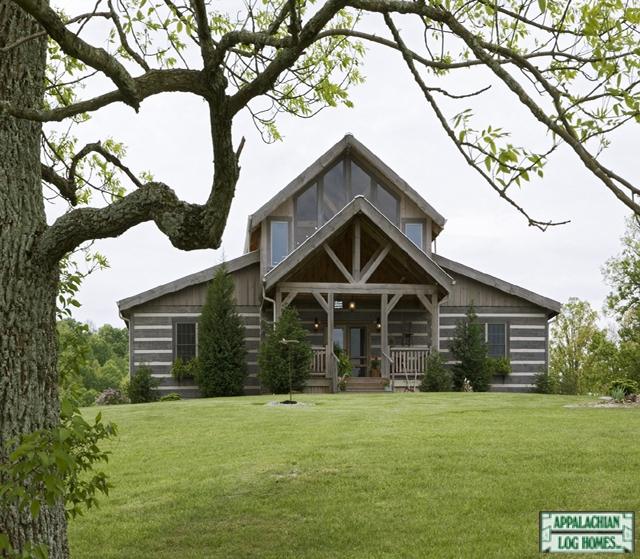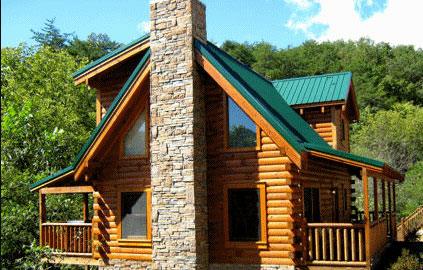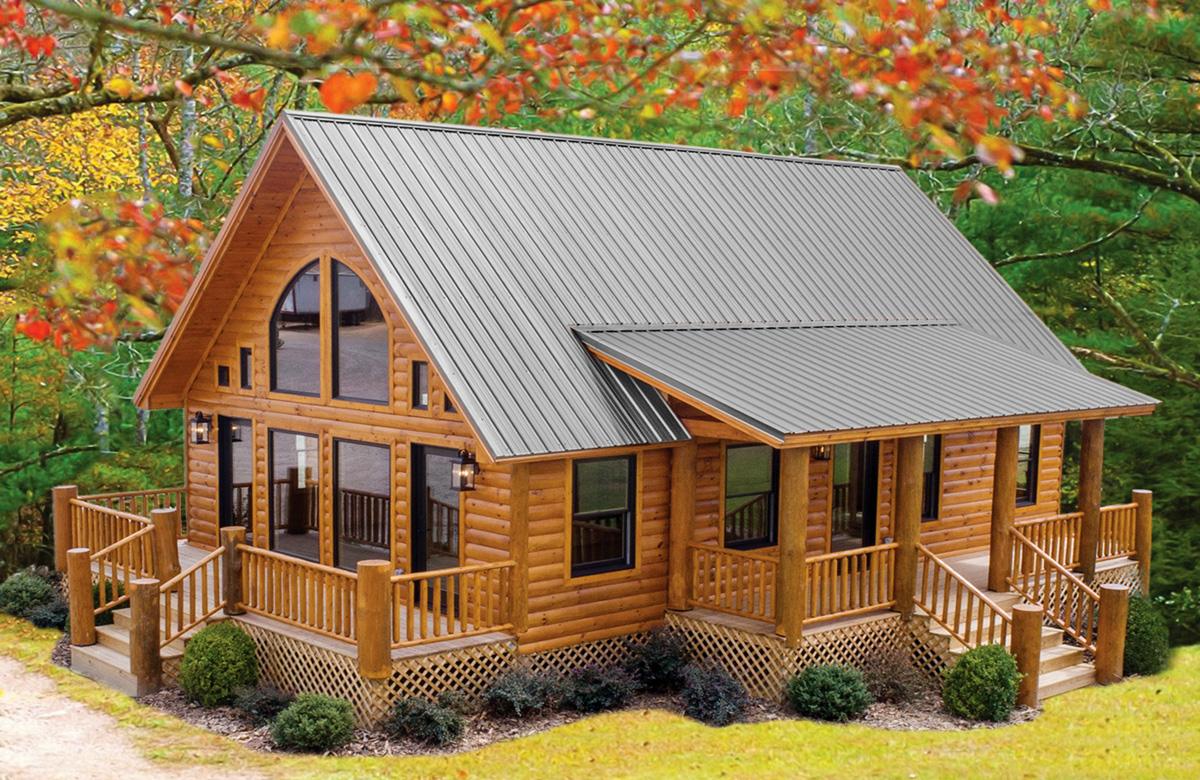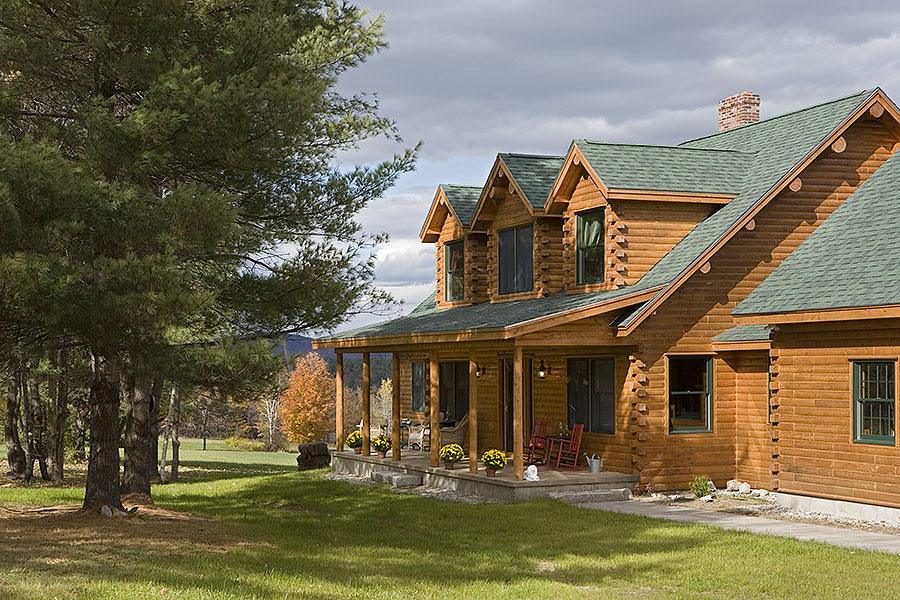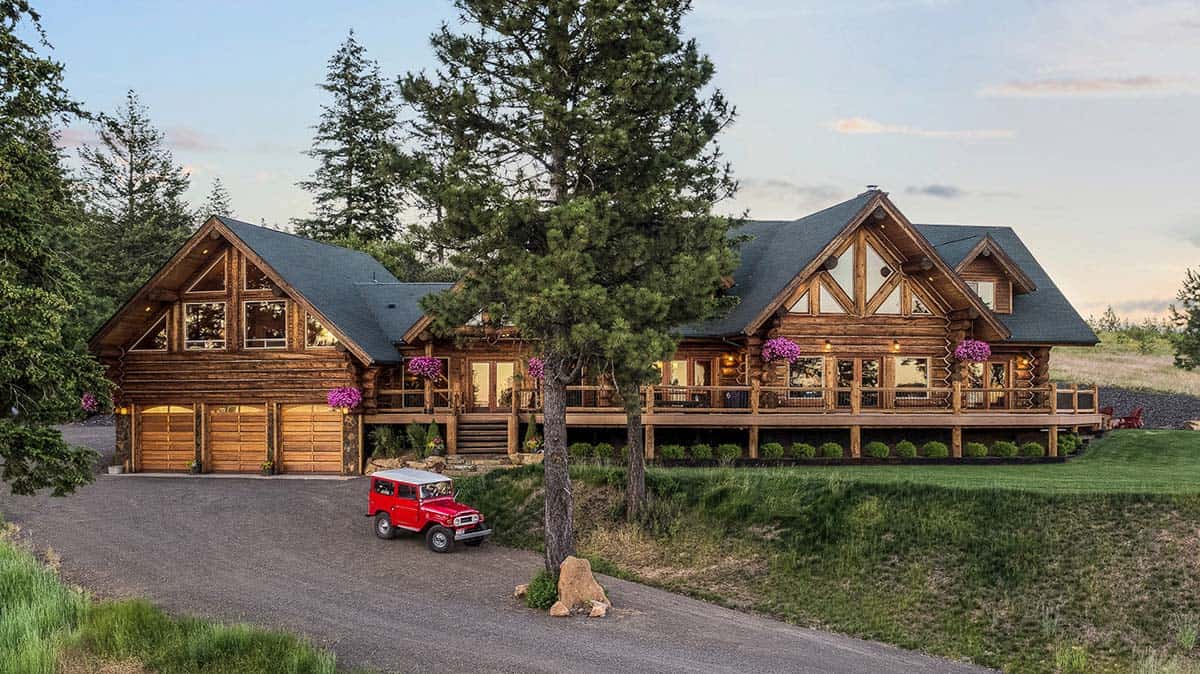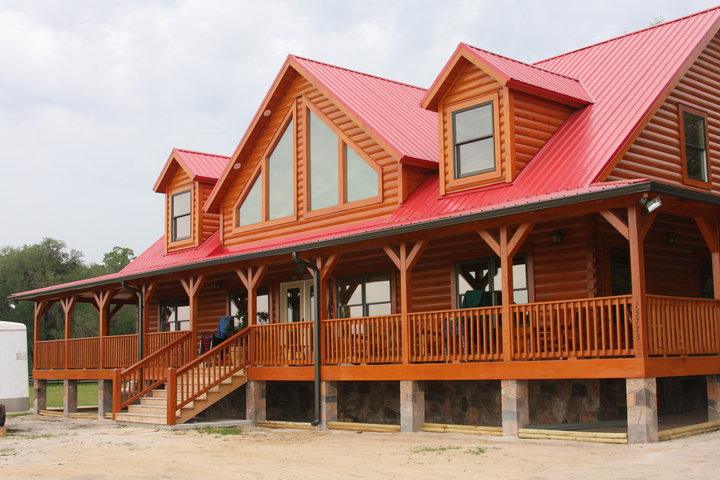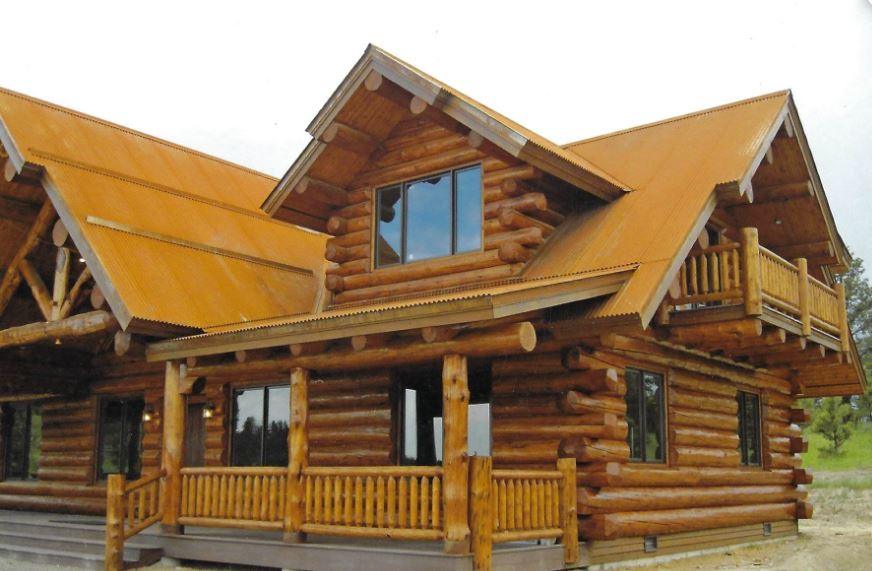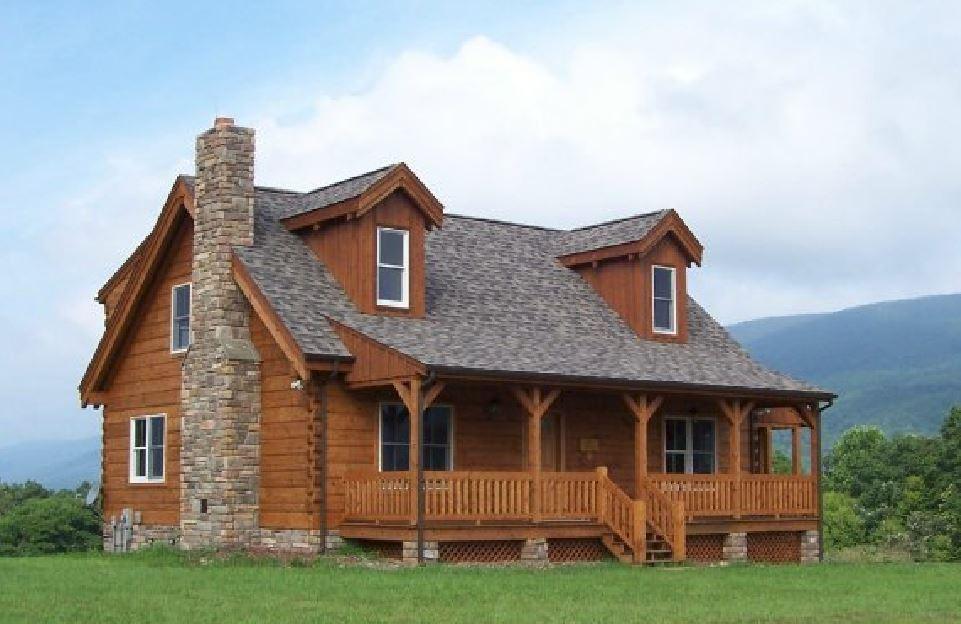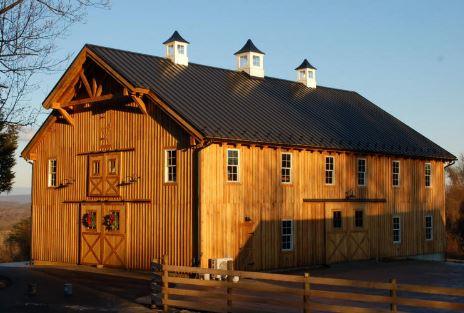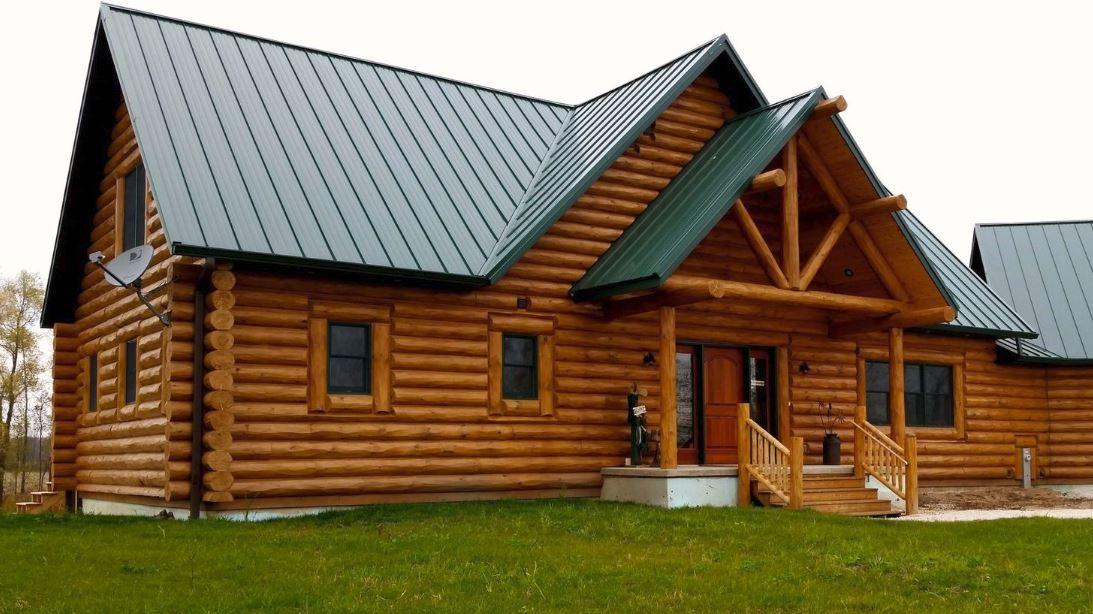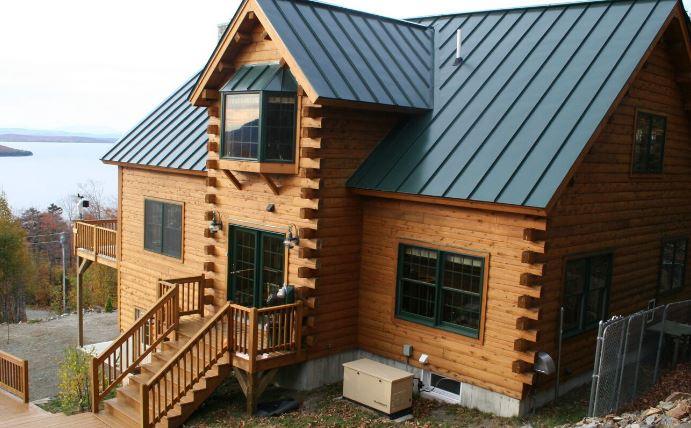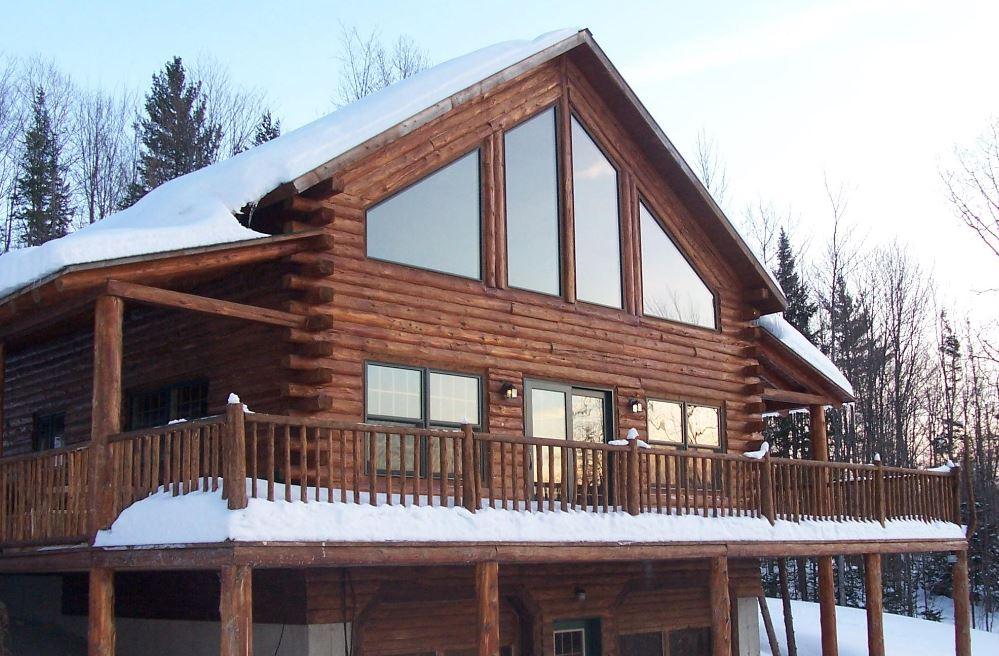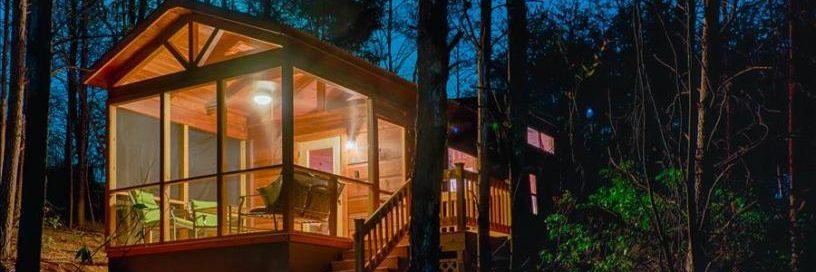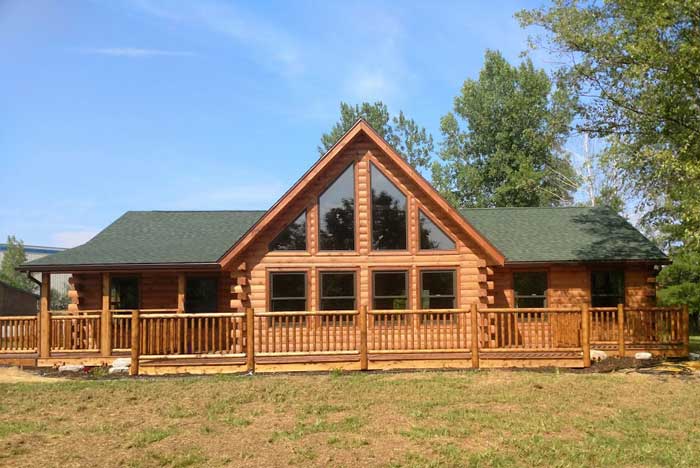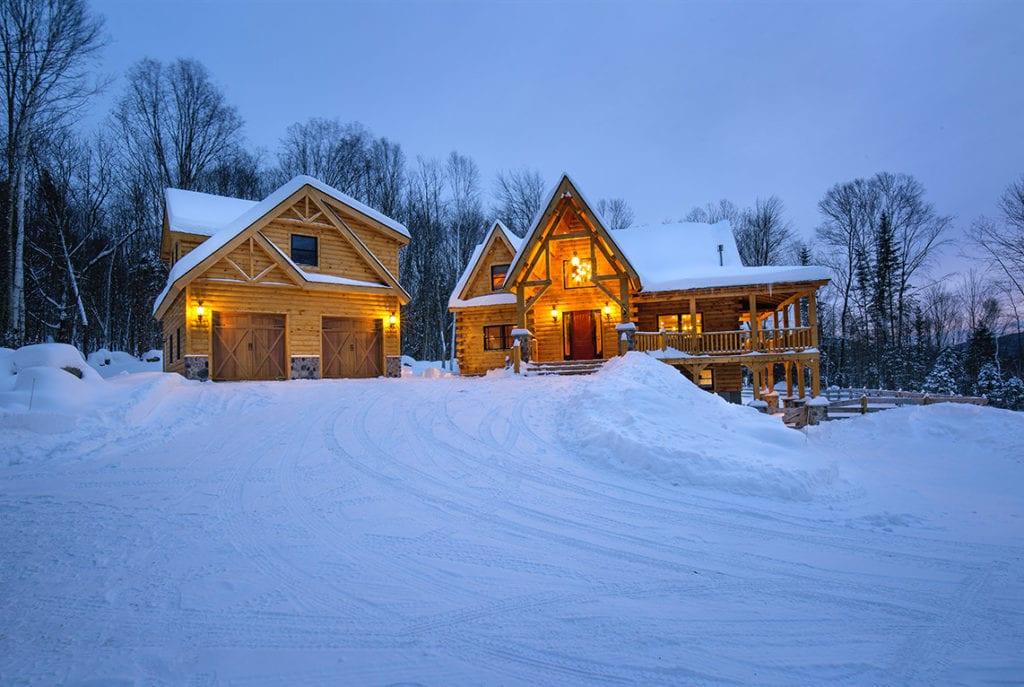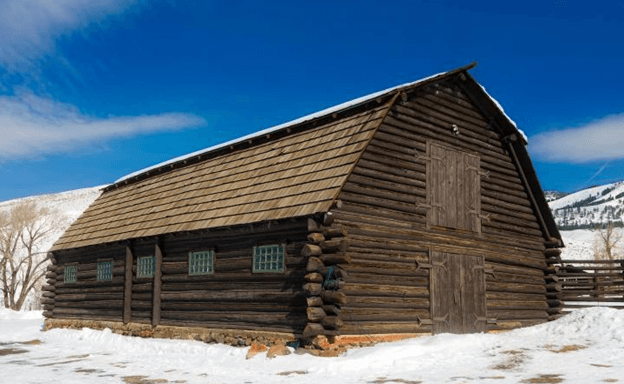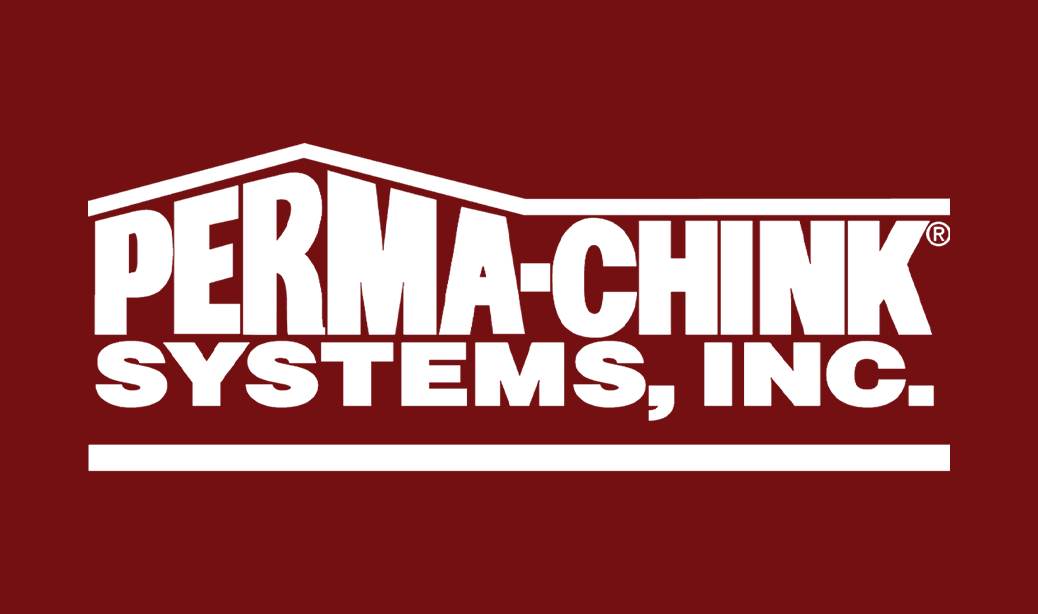Blog & News
By Seth Murphy
Homeowners almost always have a list of projects to complete around the house. If interior projects are on your list, don’t let winter slow your progress. The truth is, there are several indoor maintenance projects that are ideal for winter.
1. Freshen Wood Trim and Moldings, Doors and Window Frames, Cabinets, etc.
Freshening wood trims, cabinets, doors and window frames are perfect indoor maintenance projects for winter. Winter is the best time to stain inside because the air is drier than humid summer air and helps the finishes dry more quickly. You also can crack a few windows in winter to provide proper ventilation without worrying about bugs flying inside. Another reason to stain in winter is that you will get your inside projects done and have more time to do exterior projects when the weather improves. If you plan to hire a contractor, winter is a better time for interior jobs because they are slower in winter and usually offer off-season deals.
Keep in mind that you do things a little differently when staining interior trim than when staining walls. You’ll need to sand your trim until it is smooth, clean the dust, and then apply finish. You can apply color stain before you finish it with a clear topcoat, or just apply a clear primer directly to wood. Then topcoat it with clear Acrylic Gloss or Satin, or Sure Shine diamond finish. Some people repeat the sanding, cleaning, and finishing process to get a smoother finish. If you would like to add more gloss to your wood trim, Sure Shine Gloss is your best choice. Click here for application instructions.
2. Check for Air Leaks

Many indoor winter maintenance projects also help homeowners save money. In fact, one of the best money-saving maintenance tasks is checking for air leaks. According to HomeAdvisor, you can “stop energy-sucking, money-wasting air leaks by caulking, sealing and weather-stripping all of the seams, cracks, and openings in your home.”
There are a few DIY solutions for air leaks. According to the U.S. Department of Energy, reducing air leaks cuts heating and cooling costs, improves durability, increases comfort, and creates a healthier indoor environment for your family. A simple test for air leaks, hold a lit candle or incense stick next to potential sources of air leaks on a windy day. If the smoke blows horizontally, you have a leak to seal. It’s especially important to check for air leaks if you have a log-style home since builders intentionally leave room for settling.
Caulking and weather-stripping are two common solutions. Seal and weather-strip doors and windows that leak air. You also should caulk and seal air leaks where plumbing, ducting, or electrical wiring enters through walls, floors, ceilings, and soffits. You also should cover your kitchen exhaust fan when not using it, ensure your dryer vent is not blocked, and seal air leaks around your chimney, furnace, and gas-fired water heater vents with fire-resistant materials like sheet metal or sheetrock.
Sealing the leak with Energy Seal prevents water penetration along with air infiltration. Next you have to decide if you want to attempt to correct the problems yourself or use a professional contractor. For log home owners, here’s where things can get a bit tricky. Most painters and contractors are familiar with sealing and caulking conventional homes, but log homes are different and it takes someone with log structure experience and expertise to do the job correctly. Plus, general purpose caulks and sealants found at local hardware stores and DIY outlets just don’t offer the performance that’s required for the unique needs associated with log homes.
If you need help finding someone in your area who has experience doing this type of work, give Perma-Chink a call and they will provide you with referrals. 1-800-548-3554.
By Seth Murphy
papadiy.com
Home improvements can be expensive, but they can greatly increase your home’s value. When it comes time to decide which improvements to make, there are a few things to consider. Here are some tips on how to improve your home to increase its resale value.
Small improvements can be big!
Did you know that some home improvements only cost a few hundred dollars? Small but noticeable upgrades like repainting your entryway and adding a few nice flowers can really make a difference in how welcoming your home looks, a.k.a. “curb appeal.” Also, the most popular upgrades for dollars spent versus return in increased value are small kitchen and bathroom upgrades. You don’t need a whole redo of those rooms if the appliances are in good condition. Little touches like new lighting fixtures and backsplashes will greatly improve the look with small expenditures of time and money. Installing loose-fill fiberglass insulation in the attic gives the most return for your investment, and it’s not a large expense. Adding energy-efficient windows to replace older, drafty ones can improve both your current energy bills and your future resale value. So go ahead and see what small improvements you can make to have your house be more inviting to buyers.
Large-scale improvements can greatly increase value
If your home furnishings are older and in need of replacement, be sure to look for energy efficiency and universal design. The latter is a relatively new concept that incorporates ability-awareness features into home pieces so that the elderly or those with mobility concerns can use the furnishings easily. Think walk-in showers or lever-style handles rather than knobs. Such features make any room easier to use by all the people in your household, no matter what the condition of their hands or eyesight.
If you are looking at completely redoing your kitchen or bathroom or other rooms in the house, be sure to check around for reputable contractors and design ideas. The more you know going in and the more specific you are with your design plans, the more likely you’ll end up with a remodel that fits into your planned budget. Look online for ideas and local pricing information. For example, HomeAdvisor indicates that the average price to remodel a kitchen ranges from $15,428 to $38,607. Keep in mind that the labor and fixture expenses may vary greatly, as will the timeframe of the project. Comparison shop online to see what new kitchen appliances, bathroom fixtures, and flooring options cost to help you determine your price range for upgrading those or other rooms in your home.
Another consideration is the outside of your home. If you need a new stain job or new roof or siding for the exterior, that should be done before spending money on interior upgrades. Try to make repairs before upgrades. If something is not working normally or looking good, that will be a tip-off to potential buyers that your home has not been maintained well. So walk through and look at everything like you’re a stranger. What do you see that needs repair? What looks shabby, dirty, or just dark? Start with those areas.
So whether you’re looking at a few cosmetic improvements or major upgrades to your home, you can find all sorts of ideas and price points online to help you decide. Look at the upgrades that will quickly improve energy efficiency or functionality. This will help make your home more appealing to buyers. That, in itself, is worth the money.
July is National Log Home Month. During the month of July, log home manufacturers will honor America’s log home heritage by hosting home tours, log raising demonstrations, log home building seminars and more. There are many different sizes and styles of log home construction to suit any homeowner’s vision.
Here we present the TOP Log Home Manufacturers in the USA and invite you to visit their websites and see what they have to offer. Each manufacturer is outstanding in quality of craftsmanship, and this is not a ranked list.
Are American Barns disappearing? Not so fast…
There are thousands of iconic barns throughout America, from different periods in our history. These historic barns were once an integral part of American life.
The traditional design and use of the “barn” has evolved tremendously over the years. We have moved from large, open structures based around cattle stalls and hay storage to huge multi-purpose barn palaces.
A bit of the history
The word barn comes from the Old English language, for barley (or grain in general). The first barns were not American by design but were European-style longhouses that included stables and sleeping quarters. Brought to America along with the first settlers, the oldest barns were constructed in the classic “English barn” style.
As with any structure built for functionality, designs do not follow one pattern for long. English barns were further adapted into larger, timber-framed structures, which became known as the Yankee barn. One of the most fascinating aspects of barn construction is the common use of simple farmstead creativity. The earliest barns were built with timbers hand-hewn to shape, with the rough chopping marks of an axe. Slightly older timbers might be hand-cut with huge two-person saws, while newer barns have the clean-cut lines of sawmill machinery. More history here https://www.almanac.com/extra/evolution-american-barn
Traditional style barns pay homage to a great American tradition. For those seeking a multi-function barn made of traditional materials, these structures are hard to surpass. In keeping with the look and feel of the turn of the century, Hearthstone developed a process for giving the timbers a surface texture that mimicked the circular cuts of timbers that had just come out of an old sawmill.
A HEARTHSTONE HEAVY TIMBER BARN IS THE ULTIMATE OUTBUILDING
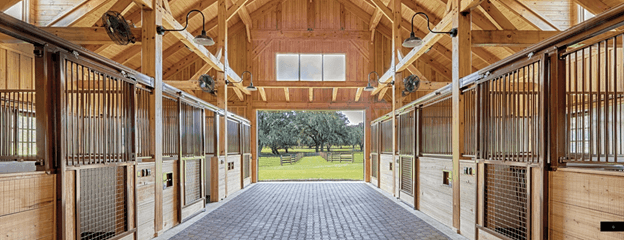
With the popularity of open-air structures for commercial properties, equestrian, restaurants (especially during pandemic), the Timber Frame Barn’s massive beams create breathtaking effects of open spaces and craftsmanship style rarely seen today. The large sliding doors open to cobble stone floors and the authentic smell of white pine creates an environment of harmonious interaction with nature.
Horse Barn
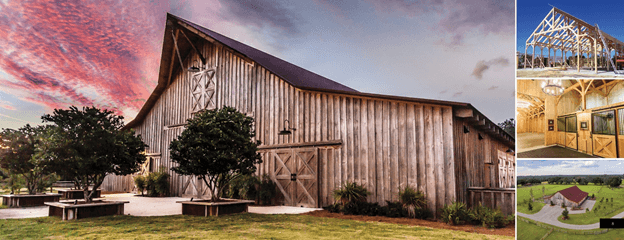
This beautiful, yet functional, barn was designed to house horses and the occasional social gathering. Because the customer was in the process of restoring a farmstead from early in the 20th Century, the technique & style reflects that period & geography. The naturally weathered Cypress board & batten gives the barn the perfect rustic finish.
Barn Homes
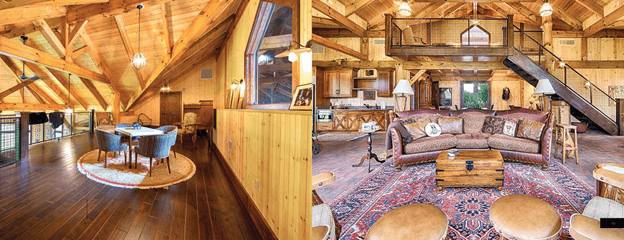
One of the most popular innovations is the “barn home” due to the open, airy floor plans and massive posts and beams. These homes convey the aesthetics of a traditional barn combined with an exciting modern design.
Check out their collection of Wedding Barns, Cottage Barns, Event Barns, Guest Barns and more here: HTTPS://HEARTHSTONEHOMES.COM/BARNS.HTML
All of Hearthstone barns are custom designed and made.
Discover the revolutionary products that have transformed log home maintenance! Visit Perma-Chink Systems today to find everything you need to protect and beautify your log home.
Safeguard Your Log Home:
Top Annual Maintenance Tasks to Prioritize
Owning a log home comes with a unique set of responsibilities, particularly when it comes to maintenance. To keep your log home in top condition, regular annual upkeep is essential. From inspecting the exterior for signs of wear to ensuring your home is well-sealed against the elements, these tasks not only preserve the beauty of your log home but also protect your investment. In this article, we’ll explore the key annual maintenance tips every log homeowner should follow to ensure their home remains a rustic haven for years to come.
Vigilant Plumbing Oversight
Regular plumbing checks are critical in preventing minor issues from escalating into costly disasters. Inspect your pipes periodically for any signs of leaks or corrosion, and make sure water pressure is at an optimal level. Addressing these problems early can save you a significant amount in future repairs. This proactive approach not only ensures the longevity of your plumbing systems but also maintains the overall health of your log home.
Effective Caulking Is a Must
To keep the harsh elements at bay, inspect and reseal your log home’s windows, doors, and other exterior openings. Effective caulking prevents drafts and water intrusion, which are common in log homes, thereby conserving energy and reducing your heating bills. This task not only enhances comfort but also protects against structural damage caused by moisture. Annual reviews and touch-ups can ensure your home remains sealed against the elements year-round.
Invest in a Home Warranty
Investing in a home warranty can shield you from the financial burden of unforeseen appliance and system breakdowns. Consider a service agreement that encompasses your log home’s climate control system to ensure it remains functional throughout the seasons. Select a policy that allows for straightforward claims processing without the need for documented maintenance histories. This type of coverage proves invaluable, particularly in log homes where system malfunctions can significantly impact your living conditions.
Persistent Pest Patrol
Pest control is essential, as insects and rodents can compromise the structural integrity of your log home. Regularly inspect for signs of infestation, including termites and other wood-loving pests. Early detection and professional extermination can prevent extensive damage, preserving your home’s foundation and aesthetic value. Consider scheduling bi-annual inspections with a pest control professional to ensure your home stays pest-free.
Gutter Maintenance is Key
Maintain clean gutters and downspouts to prevent water buildup that can damage your roof and foundation. Cleaning these areas twice a year, particularly after heavy seasons of fall and spring, prevents water damage and protects the landscaping and exterior of your log home from erosion and other water-related issues. Employing professional cleaning services can enhance this task’s effectiveness, especially in dense, wooded areas.
Roof Resilience
Regular roof inspections help identify and rectify problems with shingles that are missing, damaged, or loose. Repairing these issues promptly prevents leaks and extensive water damage, which can be especially problematic in log homes. This maintenance task is crucial for protecting both the interior and exterior of your home from weather-related damage. Engage a roofing specialist annually to assess and address any potential vulnerabilities in your roof’s structure.
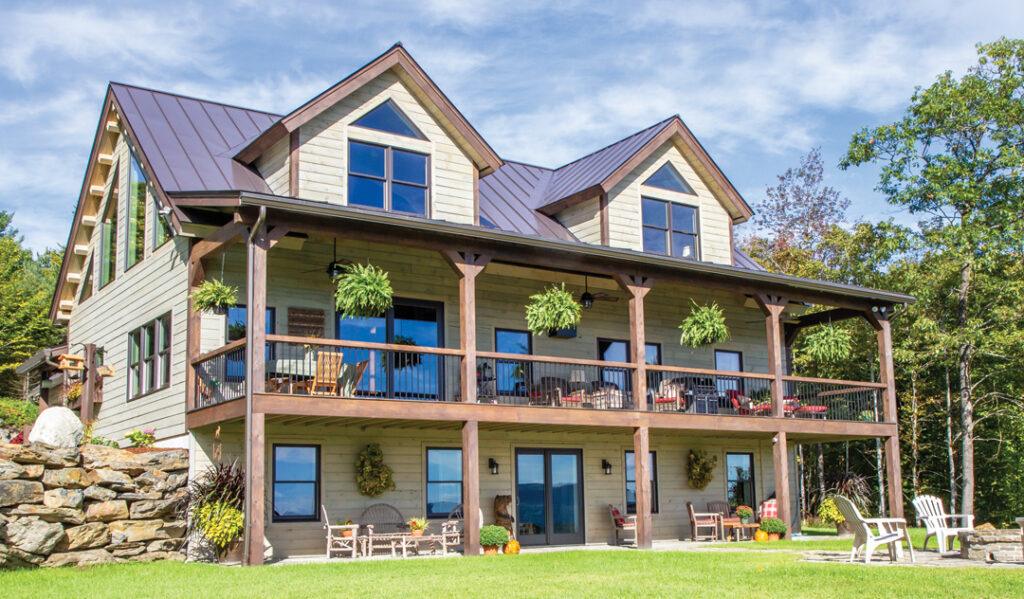
Digital Document Management
To help manage your annual tasks, transitioning your home maintenance records to a digital format enhances their accessibility and preservation. Use a PDF converter to maintain the integrity of your documents, ensuring they look the same across various platforms and devices. This method mitigates risks related to compatibility and accessibility issues. By employing online tools that support drag-and-drop functionality for converting files, you streamline the organization and security of your log home’s historical data.
Maintaining a log home is an ongoing commitment that pays dividends in comfort, safety, and value retention. Through diligent upkeep and strategic improvements, you not only preserve the character of your home but also enhance its functionality. Emphasize preventive measures and professional assessments to avoid costly repairs, and remember that a well-maintained log home is a lasting treasure in the landscape of your life.
Perma-Chink Systems® newest finish option, Log & Timber Defense™, has been quite the success for customers looking for a hybrid finish for their log homes. Unlike our traditional Lifeline film-forming wood finishes, Log & Timber Defense penetrates your wood. As it absorbs into the wood surface, it forms a strong lattice network within the wood, reinforcing and strengthening the entire system from the inside out. Due to its elastomeric nature and penetration, it greatly reduces the chances of peeling and flaking by leaving the system breathable to water vapor. Many penetrating oil-based finishes can also form a lattice-like network, but unfortunately these finishes contain harmful flammable solvents that make working with them both dangerous for you and our environment. In contrast, our Log & Timber Defense is water-based, making it both easier and safer to work with.
Log and Timber Defense is designed to be applied to bare wood in one or two coats. However, if applied to wood that already has an existing coating, this can interfere with adhesion and could lead to premature failure of the finish. For best results we recommend application of Log & Timber Defense to bare wood that has been cleaned with Wood Renew™.
For all our Lifeline™ wood finishes, we recommend application of a topcoat. However, not so with Log & Timber Defense. The reason for advising against this is because when a maintenance coat is needed in the future, there will be difficulty with penetration into the wood since the topcoat forms a barrier to penetration, leaving a film on surface. Additionally, this could lead to undesirable surface defects, as well as an uneven appearance.
Texture is another property that distinguishes Log and Timber Defense from our Lifeline Stains. Due to its penetrating nature, Log and Timber Defense leaves the surface with a more natural, rustic beauty. In general, it will appear flatter than our Lifeline finishes. However, if slightly more gloss is desired, a second coat of Log & Timber Defense may be applied. The second coat will also increase color intensity and provide an increased level of overall protection for the system.
Finally, Log and Timber Defense is formulated with ingredients that inhibit the growth of mold and mildew. Log and Timber Defense is both a stain and sealant in one package. It helps to keep liquid water out, which reduces biological growth that can attack and destroy your wood. In contrast, traditional natural oils – such as Linseed Oil – can easily promote growth of mold and mildew. Log & Timber Defense is waterborne, low in odor, has easy soap and water cleanup, and is non-flammable. Log & Timber Defense offers unique properties designed to give your home the very best protection possible. For more information about Log & Timber Defense or our other finishes, please visit Log and Timber Defense stain
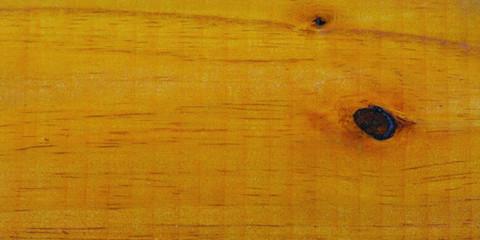
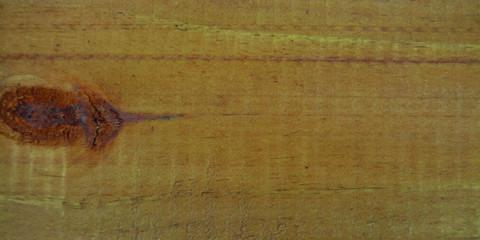

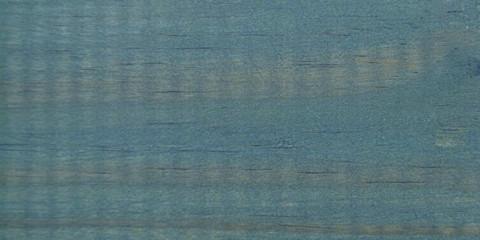
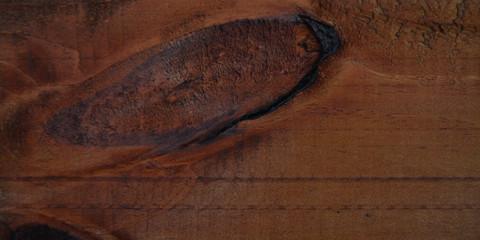
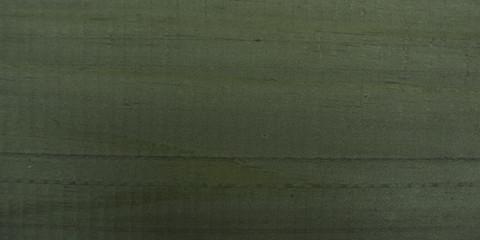

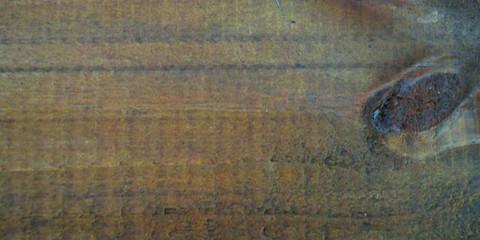
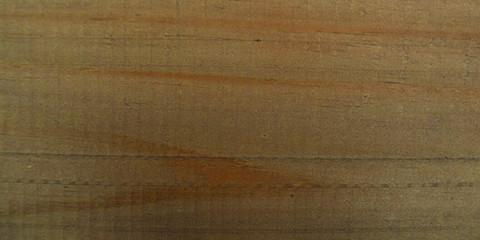

The Beginning of A Dream
Judy MacKnight retired as a school teacher and was pursuing an active interest in hiking and backpacking when she discovered the timeless link to our past represented by the Appalachian style log structures located in Cade’s Cove of the Tennessee Smoky Mountains National Park. Later her adventures would take her to the western United States where she observed that log homes and the people who lived in them was representative of the enduring American values of independence and self-sufficiency. Those qualities struck a resolute tone and she began to dream of living in a log home.
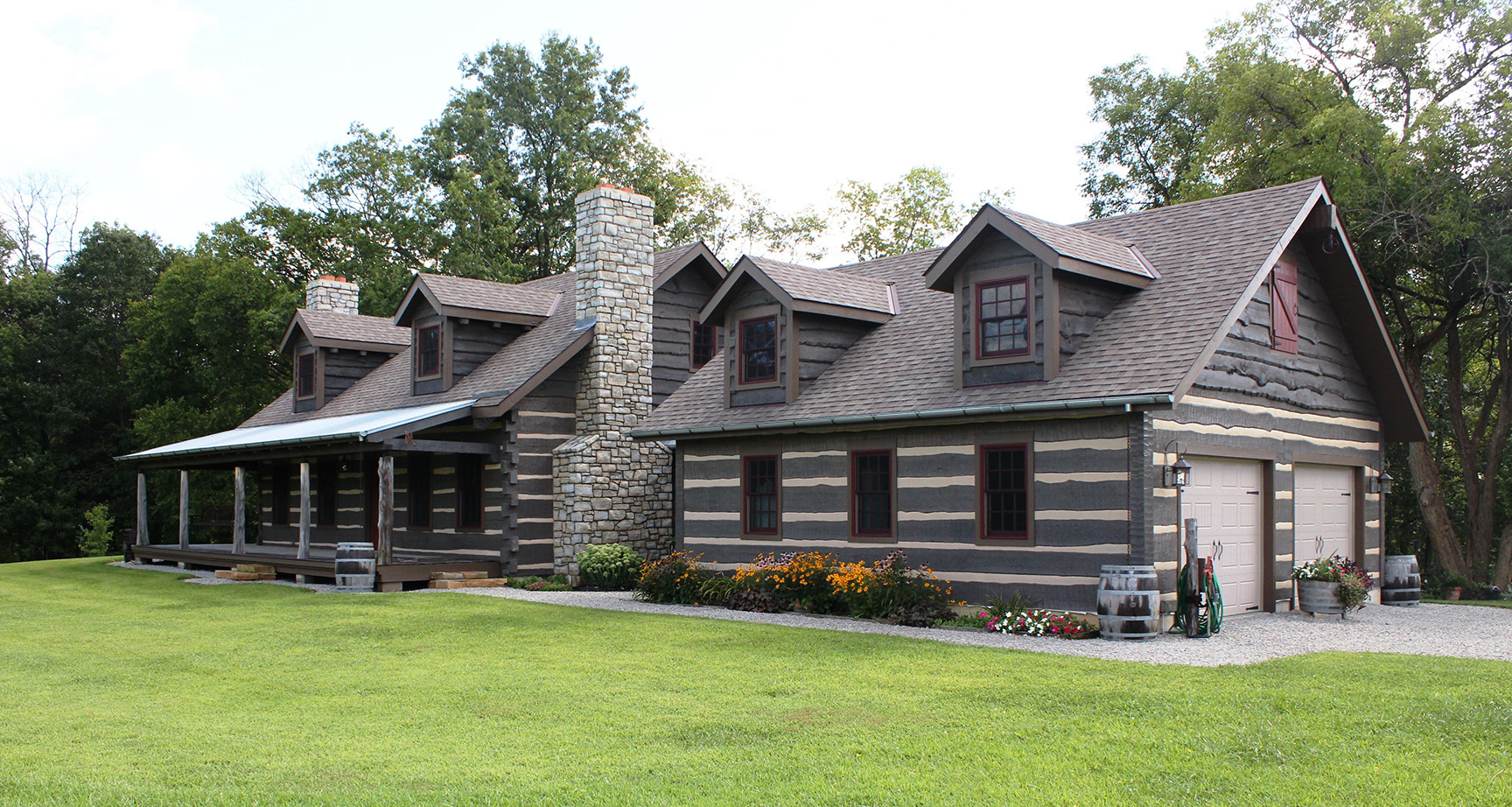
Stuart Baurichter left a pre-med career path to spend 30 years working as a self-employed home remodeler and met Judy over a shared interest in motorcycles. It soon became evident that her passion for log homes coupled with Stu’s experience in the various trades were a perfect fit and they began planning to build on 11.5 quiet country acres, east of Cincinnati, Ohio.
Planning the Dream
Judy and Stu extensively researched log home manufacturers and settled on a Hearthstone log home. Hearthstone Homes company describes: “Judy worked with our local Distributor to modify a standard Greenbriar floor plan that has a connector and garage, resulting in 1920 square feet of heated space plus an unfinished basement. A wrap-around porch was added with Eastern Red Cedar tree trunks used for porch posts. To get that 200-year-old “look”, the logs selected were our Timberlake profile, 6″ thick x 14″ to 22″ wide and tapered, with dovetail corners and chinking. Wavy-edged White Pine siding was used on the dormers and gable ends to complement the log style. The home delivered in the spring of 2009 and Hearthstone’s package included our log installation and dry-in service.”
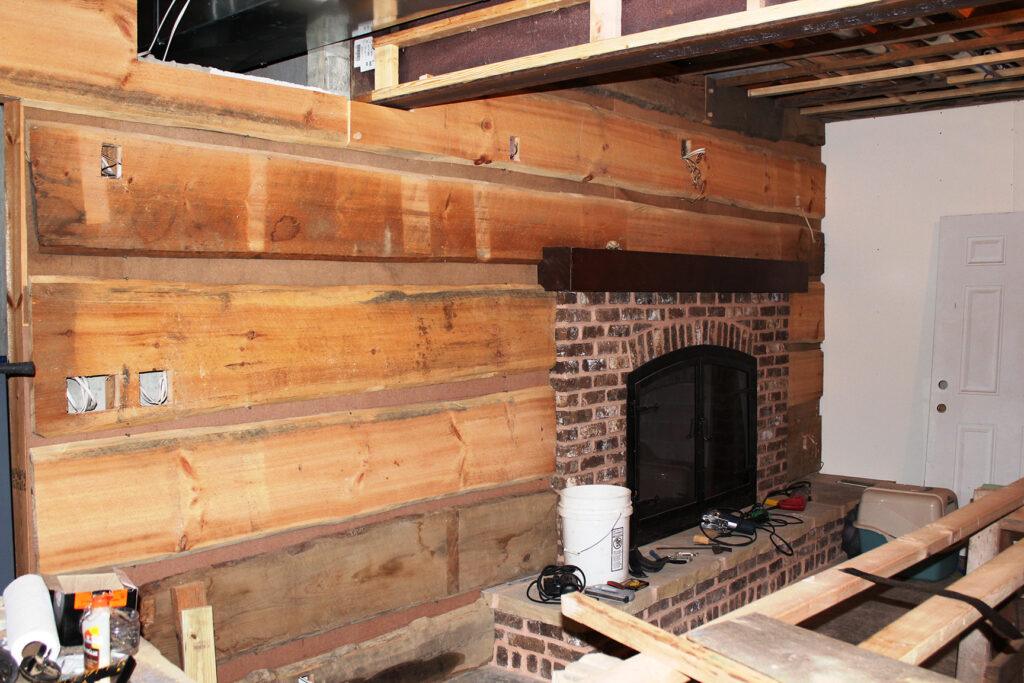
Stu adds, “Hearthstone was very responsive and supportive during the building process. The shell was erected by a 4 man crew in 10 days. What impressed me most was their service after the sale.” Judy and Stu spent a total of 18 months working 7 days a week, most days 7am to 8pm, to complete their homestead. During this time they took off only two days “…for a wedding and a funeral.”
Becoming Independent and Resourceful
Reminiscent of those values of independence and self-sufficiency, Judy and Stu remained determined to reuse, repurpose and adapt materials in the building of their log home and an Amish milled post-and-beam barn, fashioned primarily of recycled and repurposed materials. Windows were purchased from a local used building material store for $5 per pane, and nearly all the doors (23 in total) were reclaimed from one old log home they dismantled. Wood flooring was pulled up, the nails ground off, and reinstalled in their new home. Interior partition walls were finished with reclaimed weathered cedar fencing, installed over black painted plywood backing so that the walls remain finished looking regardless of the seasonal movement of individual boards.
Stu reports, “Auction websites were a real help. A bathtub, still in the box, had been returned due to a sizing issue. In a log home you simply design around what you find.” Judy’s artistic side is evident throughout the home: kitchen appliances remain fully functional while carefully hidden from sight and bathroom sinks are fashioned from repurposed jelly cooking pots. Even the light switch and outlet covers reflect the owners’ resourcefulness: industrial steel plates were ordered directly from the manufacturer, treated to a solution of muriatic acid, and the resultant patina fits wonderfully into the home’s interior.
Choosing the Right Materials & Right People
Judy chinked the entire home herself, both inside and out, and speaks favorably of her interaction with Perma-Chink. “We attended the Perma-Chink workshop and learned so much that we returned for a second session. This training coupled with the advice and encouragement of Bill and Kevin Huff, our Perma-Chink Distributors at Log Home Center and Supply, gave us the ability to tackle the chinking project with confidence. There was always someone to help anytime we had any questions.” Judy and Stu also selected Perma-Chink stains and finishes to be used throughout the interior and exterior of the home.
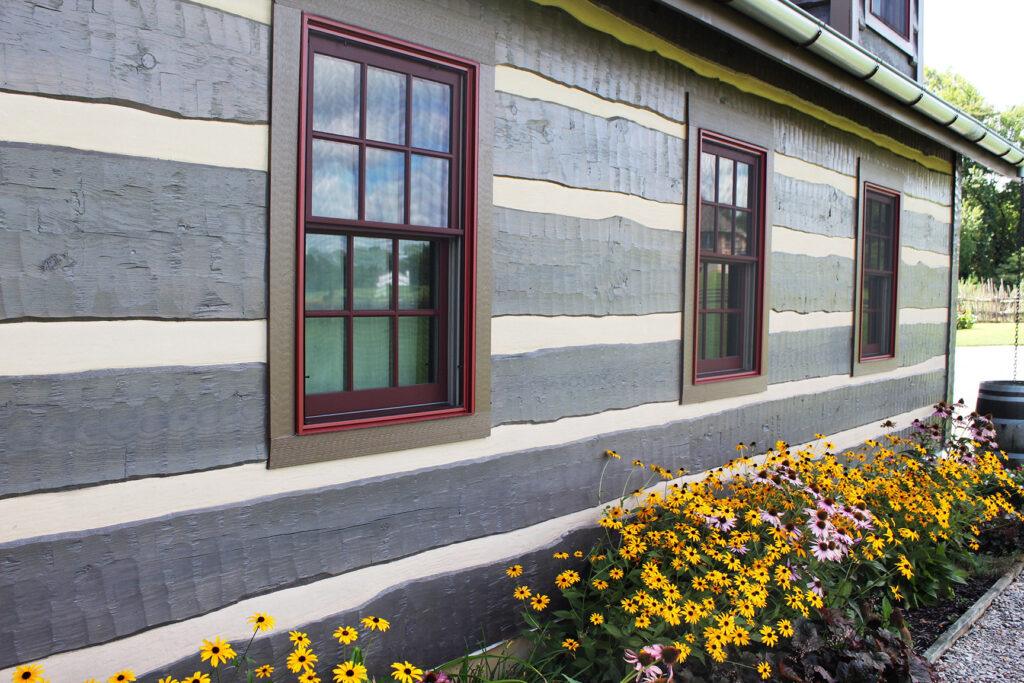
Wayne Bell of Log Home Care, an Ohio based log home refinishing, repair and restoration company reports that the finish is performing exactly as expected. “With minimal upkeep, which consists of regular cleaning with Perma-Chink Log Wash, this finish is easily maintained. As a preventative measure we’ve touched up the stain and topcoat in a few surfaces subjected to heavy weathering or UV radiation but overall this finish is as attractive and functional as the day it was initially applied.”
What’s next for Judy and Stu? They are currently finishing their 1200 sq. ft. basement and consistent with their philosophy, much of the building materials are repurposed. The home showcases Judy’s collection of handcrafted baskets and serves as a gathering point for frequent bluegrass music gatherings.
Judy and Stu both agree that the process of building their own home has been fun, yet they warn that serving as General Contractor (as Stu did at a savings of $40,000) is not for the faint of heart. Nevertheless, they enthusiastically say they would do it all again.
Resources
Hearthstone Homes
800-247-4442
https://www.hearthstonehomes.com
Bill and Kevin Huff
Log Home Center and Supply
(800) 773-6223
Wayne Bell
Log Home Care
(800) 932-1275
Do you wonder about how to seal those drafts in your home? Or how to stop some bugs from continually getting inside?

It very well could be a break in the interior seal of your home. Perma-Chink Systems’ sealants are not exclusively for exterior work, and you can benefit from properly sealing the interior of your log or timber home. Fully sealing the interior of your home with Perma-Chink will also prevent energy waste from escaping heat in the winter and cool air in the summer.

Gaps exist not only between your home’s logs, but also around framed walls and many other home features. Features like chimneys and fireplaces, stairs, doors, and windows are all trouble spots for areas of intrusion and gaps to develop. For these gaps, we recommend backer rod and Perma-Chink for it’s texture and available color options. It’s easy to apply with simple tools. With a tube of Perma-Chink, a small metal spatula, and a spray bottle, it’s very easy for a homeowner to get professional-looking results sealing your home interior.

Chimneys and fireplaces can be overlooked as a cause for drafts. As homes settle and logs shift with the seasons and time, masonry work can separate from logs, opening up gaps. Utilizing Perma-Chink and backer rod, these gaps can be resealed and look natural with the right color. Interior masory has the distinction of being a focal point in many large homes, so keeping gaps closed helps keep the aesthetic beauty of your home intact, and also eliminates hiding spaces for bugs.
One last area that can be a nusiance area are the unsealed seams at floor level. For hardwood floors, applying Perma-Chink between the floor and bottom log can provide a flexible seal that should withstand the expansion and contraction of the floor.
For more detailed application tips and techniques, check out our Sealant Application Guide. If you have any questions, call us at 1-800-548-3554. To order Perma-Chink or Energy Seal, visit Store.PermaChink.com for all your home sealing needs.
When talking about wood stains one question that is frequently put to our customer service representatives is “Is a topcoat really necessary?” Actually a more accurate question would be, “Is a topcoat worth the extra cost and effort to apply?”
Rather than giving a simple answer we will discuss the benefits of topcoats and let you decide after you read this.
When we examine a wood stain there are certain parameters that govern its formulation:
- It must hold the pigments in suspension and form a thick enough film for proper color generation and ultraviolet.
- It must have UV protection.
- It must be able to withstand all types of weather conditions from arctic freezing temperatures to broiling desert heat.
- It must breathe to allow water vapor to escape from the wood yet prevent liquid water from getting in.
- It must remain elastic so that it can expand and contract along with the log movement.
- It must be able to retain its color for several years.
- And most importantly, it must adhere tightly to both bare wood and/or a previously applied coat of stain or, in some cases, a topcoat.
That’s a lot to ask of a single coating. In order to satisfy all of these tasks certain trade-offs inevitably must be made. Each affects the ultimate performance of the stain.
Topcoats
Clear topcoats, on the other hand, must meet some of the same parameters such as being breathable, maintaining flexibility and withstanding extreme weather conditions. But they don’t have to hold pigments, retain their color or adhere to bare wood.
This enables us to impart a different set of characteristics to topcoats such as film hardness, surface smoothness and a different UV protection system that is not possible in the stain itself.
We used to say that topcoats extend the life of the stain. That is still true, and our LIFELINE Advance topcoats (Gloss or Satin finish) extend stain life longer than we ever thought possible. And they do much, much more.
First of all they significantly improve the look of the finish. In the past we thought that topcoats should essentially disappear from view. However in the process of formulating our LIFELINE Advance topcoat we discovered that we could actually enhance the color, clarity and depth of the underlying stain finish.
The second thing we found with our new LIFELINE Advance was its ability to keep the surface clean.
Since we can design the topcoat to form a slightly harder film than the color coat, it is much more resistant to dirt. This film retains the flexibility and elasticity required of a high-performance log home finish. In addition, the hard smooth surface makes it quite easy to clean off any dust or pollen that may accumulate on the surface of the logs. A simple wash down with Log Wash and a garden hose will remove any grime that may hide the beauty of your home.
Another feature a smooth topcoat provides is greater resistance to mold, mildew and algae. In addition to water, these organisms need something to grip onto. If the spores land on a hard smooth surface that rapidly sheds water, they won’t have an opportunity to germinate and spread. So the surface of the logs stays free of unsightly mold spots and patches of algae.
Of course the best feature of a topcoat is the protection it provides to the underlying stain color coat.
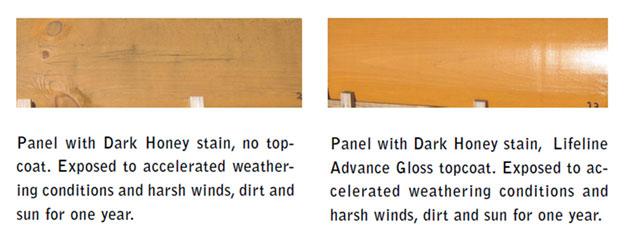
Years ago cars left the manufacturer with a coat of paint. More expensive cars may have had several coats of paint but no matter how many coats were applied after a few years the paint job still turned dull and started to fleck off. Then car coating experts discovered the benefits of clear topcoats.
Today’s car finishes remain shiny and last longer than ever thought possible all due to the application of a clear topcoat over a color base coat.
We used this same concept and technology for designing our new clear log home topcoat. LIFELINE Advance helps prevent the color base stain from degrading by protecting the entire finish system from dirt, wind, water and sunlight. So, is a topcoat worth the cost and effort? You bet it is. In fact, we’re so sure of the benefits of our Advance Topcoat we extend the warranty of Ultra-7 and Ultra-2 exterior stains to five years when a fresh topcoat is applied in year three.
LIFELINE Advance is available in Satin and Gloss finish.
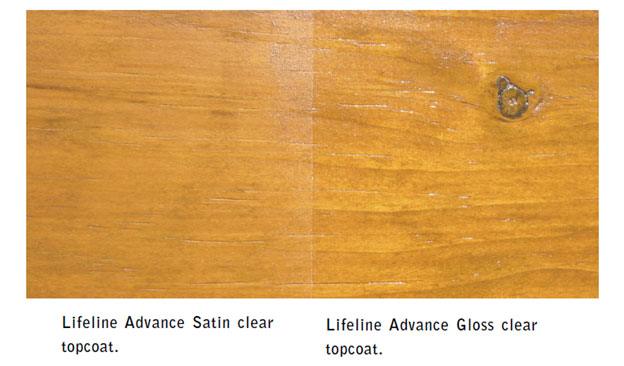
The Visible Difference of a Log Home Topcoat
Here is an example of a fresh application of LIFELINE Advance on a log home, protecting the finish and wood underneath from damaging environmental factors. One of our Preferred Applicators, Log Masters Restoration, performed this exceptional work.
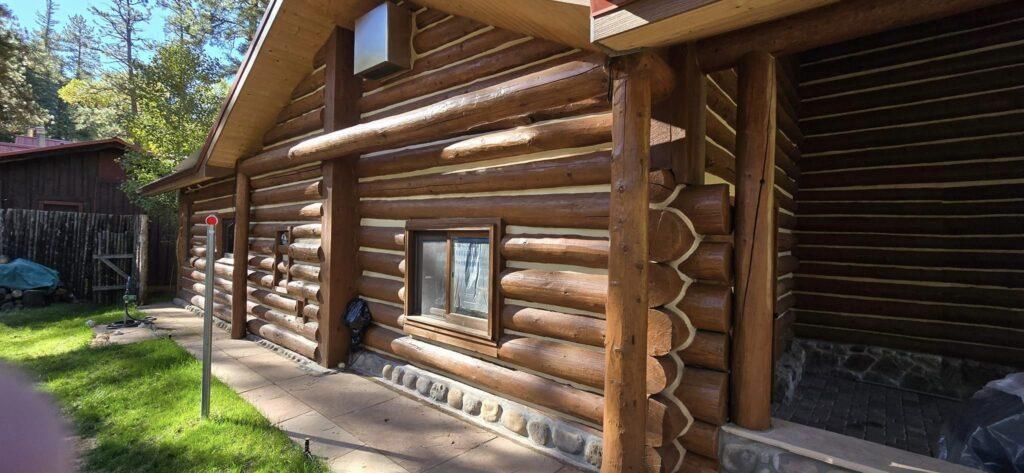
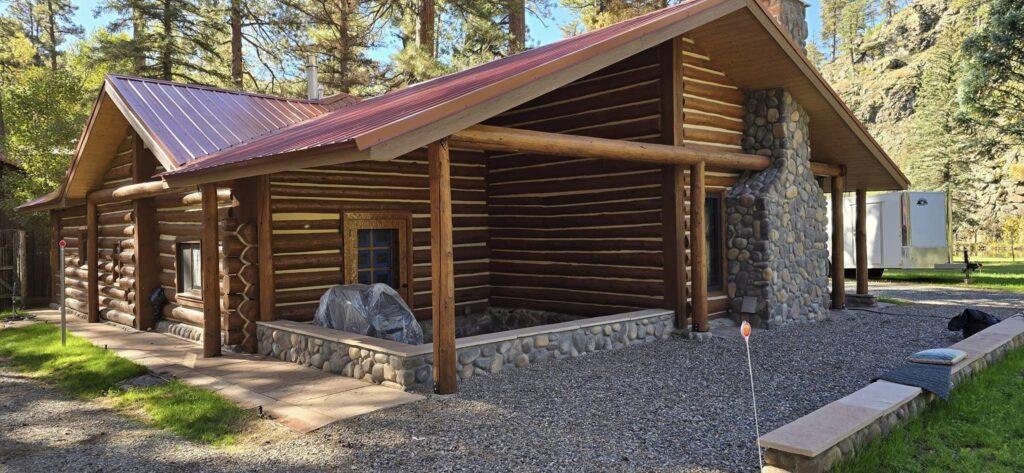

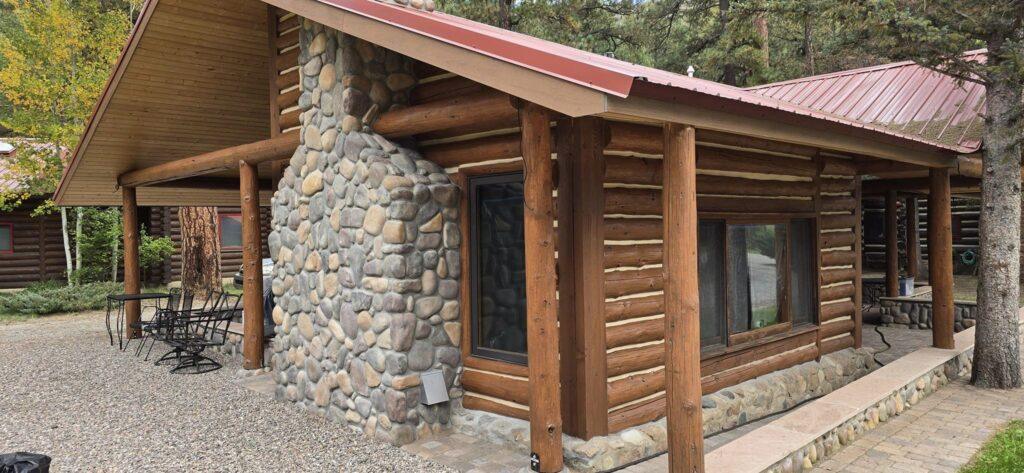
Order Topcoat Today
Order your LIFELINE Advance topcoat today, in either Gloss or Satin finish, and make your log or timber home look like new. Call us at 1-800-548-3554 or order online at Store.PermaChink.com.
Help Us Minimize Our Environmental Impact by Storing Our Products Correctly.
At Perma-Chink Systems (PCS), we are committed to creating a sustainable future through our innovative, environmentally-conscious products. Our goal is to safeguard energy-efficient log and timber homes by creating finishing products that embody a strong commitment to ecological and social responsibility.
Our holistic approach extends beyond just sustainable materials. We integrate healthy living principles into every stage of our product development, ensuring that human well-being is a key consideration.
Our dedicated chemists invest significant time and effort into research to ensure our products excel in durability and shelf life. We begin by selecting raw materials that meet both our protective performance standards and our rigorous environmental criteria. These materials include resins, surfactants, solvents, biocides, pigments, fillers, colorants, and UV inhibitors.
We develop environmentally friendly solutions that minimize the need for frequent reapplications. By extending the shelf life of our products, we ensure they remain effective for longer periods, which helps to reduce waste and lessen the environmental impact associated with disposal.
To ensure you get the most out of your Perma-Chink Systems products and extend their shelf life, please follow these guidelines:
- Keep Containers Sealed: Ensure containers remain sealed and unopened to prevent exposure to oxygen and oxidation.
- Avoid Sunlight: Store products away from windows and direct sunlight to protect them from UV damage.
- Keep Away from Heat Sources: Avoid placing products near heaters or forced air vents to prevent temperature fluctuations.
- Distance from Exterior Walls: If possible, store products away from exterior walls to maintain a stable environment.
- Maintain Optimal Temperature: Keep products in a controlled temperature range of 50°F to 70°F (10°C to 21°C).
For products in opened containers, transfer the remaining product into smaller, tightly-sealed plastic containers to minimize air exposure and maintain freshness. Your careful handling ensures that our products remain effective and sustainable, minimizing waste and conserving resources.
Perma-Chink Systems’ environmental initiatives are making a positive impact globally, reflecting our commitment to a healthier, more sustainable world. Shop here: https://store.permachink.com/
Log Wash is The Easy-to-Use Cleaner for Interior and Exterior Surfaces
The initial reason we developed Log Wash™ was for cleaning finished log home exterior surfaces. We found that all of the products typically recommended for general maintenance cleaning like Spic & Span, Mr. Clean or even mild dishwashing soaps softened finished surfaces during the cleaning process. This resulted in potential finish damage, especially if a pressure washer or a brush was used. It turned out that the one thing these cleaners all had in common was their high pH. When we tried the Log Wash formulation we found that it hardened the surface of our finish system and no damage occurred to the finish – even with vigorous scrubbing. It was only later that we discovered the benefits of using Log Wash on bare wood.
Why is Log Wash Better?
First and foremost is its pH. It is one of only a handful of cleaning products on the market that has a slightly acidic pH similar to that of wood. This means that when applied to wood it does not disrupt the wood’s chemistry, thus avoiding many of the discolorations attributed to high-alkaline solutions like bleach or strong acids like oxalic acid. Another feature of Log Wash is that it’s easy to tell when it has been sufficiently rinsed off. While rinsing Log Wash, it will foam as long as any residue remains on the wood. When the foaming stops, it’s a good indication that the wall has been adequately rinsed.
One of the biggest surprises we encountered with the use of Log Wash on bare wood has been how well it removes some types of discolorations due to tannins or chemical imbalances. There have been several occasions when discolorations we thought would be difficult, if not impossible, to remove ended up being no problem at all with the exterior application of a solution of two cups Log Wash per one gallon of water. Cleaning a finished log or timber exterior requires one cup Log Wash per one gallon of water. Interior cleaning application is recommended at one-half cup to one cup Log Wash per one gallon water.

Works on Exterior & Interior
As mentioned earlier, Log Wash is more than capable for cleaning interior wood surfaces as well. While the interior usually doesn’t get as dirty as the exterior, over time it can collect pollen, dust, grease and more. Utilizing Log Wash on interior wood will make your home look fresh and clean.
Stock up on Log Wash now – you will be amazed with the results! The use of Log Wash for maintenance cleaning has been proven to extend the life of the finish as well as keeping your home looking beautiful.
If your log or timber home is built with wood like Western Red Cedar, Redwood, Walnut or Mahogany, use Cedar Wash™ instead of Log Wash for better surface preparation and finish longevity for these specific wood substrates. Read more about Cedar Wash™ here.
New Bare Wood or Restoration?
Since we started promoting the use of Log Wash for cleaning bare wood the number of compliments we receive from homeowners and applicators about its performance has increased. Have a log home that doesn’t have a finish, either new construction or recently stripped of finish? Read how Log Wash will best prepare your bare log surfaces here.
Cleaning Interior Bare Wood Surfaces
Interior walls and ceilings must be cleaned prior to finishing. If your home is completed, you are somewhat limited in the available cleaning methods since the use of a pressure washer is typically not an option. If you want your interior walls smooth, sanding may be your best and only choice. As opposed to exterior surfaces, you can sand interior wood surfaces using 120 grit sandpaper or Osborn brush.
Although your interior wood surfaces may appear to be clean, they are never clean enough to apply a finish to them without first washing them with an appropriate cleaning solution like Log Wash.
Step 1: Mix one half or one cup of Log Wash Concentrate with one gallon of warm water, if available, in a pail.
Step 2: Apply the Log Wash solution to the wall with a rag or sponge starting at the bottom and work up. Allow the solution to remain on the wall for at least 10 minutes.
Step 3: Using a clean rag or sponge and a pail of clean water, wipe the Log Wash solution off of the surface. Frequently rinse the sponge or rag in the pail of water and occasionally exchange the water in the pail with clean water.
Step 4: Allow the surface to completely dry before applying the first coat of finish.
Lifeline™ Ultra-7 is the most durable exterior wood stain that Perma-Chink Systems has ever developed. After multiple exposure tests in harsh-weather areas across the country (think snow country, the sunny southeast and extreme mountain locations), Lifeline Ultra-7 stands out as THE top-of-the-line, long-lasting wood finish. The secret behind its durability is Lifeline Ultra-7’s state-of-the-art resin that creates a tough, yet flexible and breathable finish on your home’s logs. Perhaps more importantly than Ultra-7’s strength is the resin, which ensures that the finish is continuous, providing protection from holes and gaps that might otherwise develop with lower-quality finishes. In addition, Ultra-7 has unsurpassed adhesion to wood.
By choosing a high-performance log home finish like Lifeline Ultra-7, you are ensuring that the finish will look as beautiful years after application as it did the day it was applied thanks to a balanced formula of transparent iron oxides, fungi and algae inhibitors (biocides), and an advanced polymer resin.
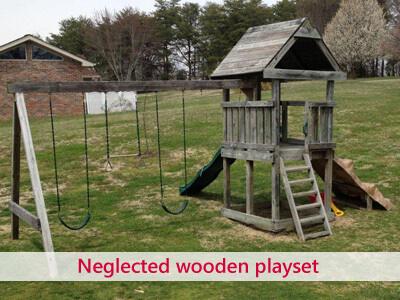
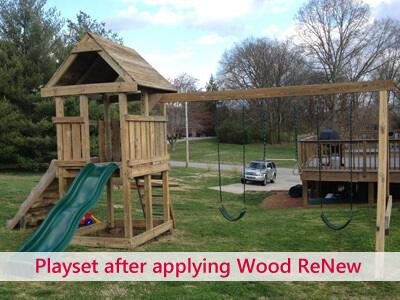
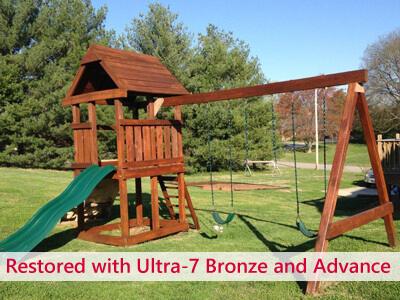
I personally have had good experience with Ultra-7 when used with the Advance topcoat. I restored my children’s wooden playset five years ago. I used Wood Renew to take it back to bare wood, then rinsed until pH neutral and applied Ultra-7 Bronze, followed by Advance topcoat – and it still looks fantastic today. I went back about a year ago and re-applied the Advance topcoat. I expect many more years out of this system. It works great.
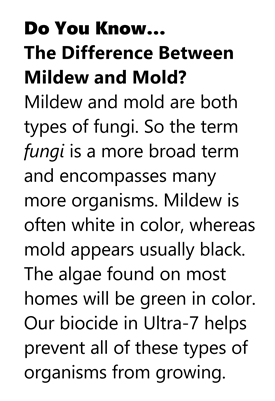
I will also add this caution: if the topcoat is not used with Ultra-7, you can expect problems quickly. The topcoat helps keep the water away from the binder in Ultra-7. It has a high acid value which makes it more water-loving and as such, will tend to hold on to water for longer periods of time. Water is one of the primary ingredients needed for biological growth to occur, and even with the biocides present, over time micro-organisms will take up residence in the film. This occurs as water moves in and out of the film more readily as the topcoat degrades, taking with it biocides, and making the film even more vulnerable to attack. So to help protect the film, and ultimately the wood, both the topcoat and the biocides in the coating work together to make a winning combination. The clear topcoat helps lock the biocides in place so that they can do their job.
This playset was erected several years before we bought our home. I am going to guess that it weathered for 5-10 years with no coating at all. The original wood finish of one coat of Ultra-7 Bronze and Lifeline Advance gloss was applied in 2013, with a maintenance coat of Advance roughly 5 years later. I am very happy with the performance of this system.


